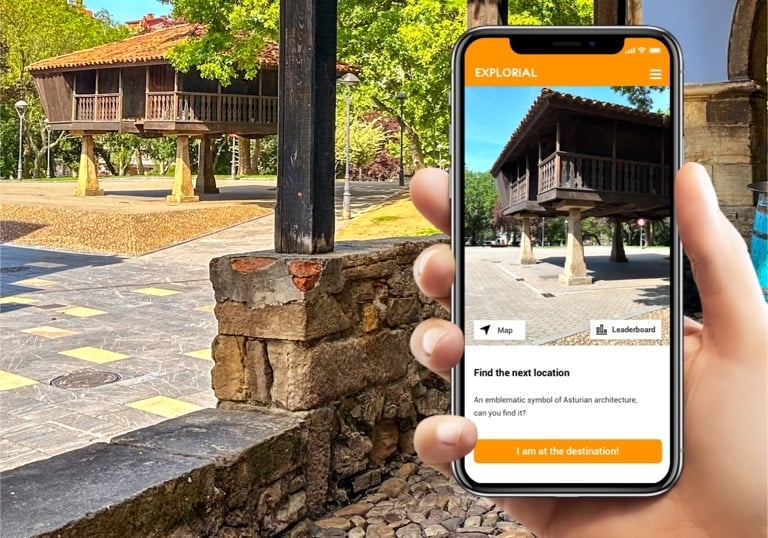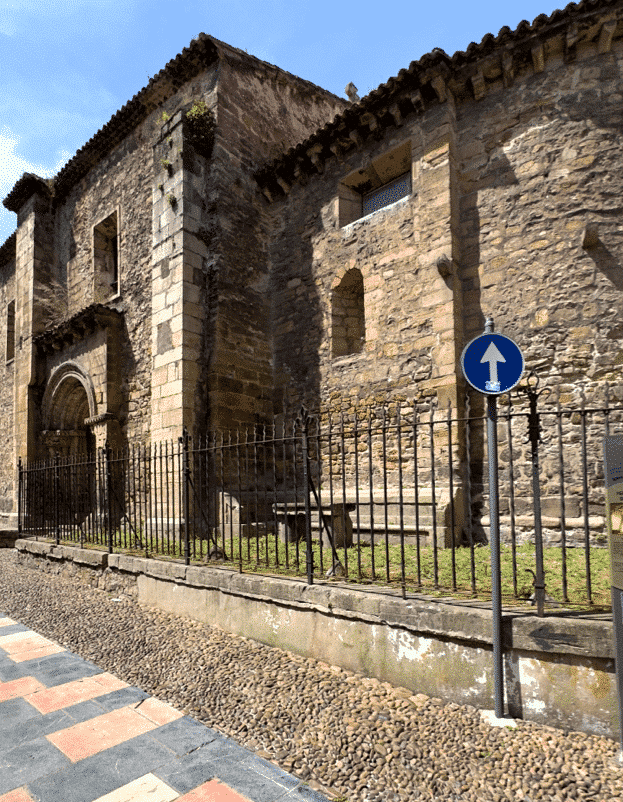Avilés, a charming city in the northern region of Spain, is home to several historical landmarks that attract tourists from all over the world. Among these fascinating sites is the Iglesia Vieja de Sabugo – also known as Old Church of Sabugo or Saint Nicholas of Bari Church. This ancient church holds significant cultural and historic importance for Avilés and its people.
A Brief History
The Iglesia Vieja de Sabugo was constructed during the 13th century in a Romanesque-gothic style, making it one of Avilés’ oldest surviving structures. The church has undergone numerous modifications throughout history due to various socio-political changes and natural calamities.
The original structure was small with only one nave but later expanded into three naves during the 14th or 15th century. During this period, an impressive gothic rosette window was added which still remains intact today along with two side chapels dedicated to Our Lady of Sorrows and Christ.
Architectural Significance
Iglesia Vieja de Sabugo’s architectural design reflects both Romanesque and Gothic styles which were prevalent during its construction era. Despite undergoing several renovations over centuries, certain elements like semi-circular arches typical of Romanesque architecture can be observed inside the church while outside boasts pointed arch windows characteristic of Gothic style.
The most striking feature is undoubtedly its beautiful rose window on western façade – a remarkable example of late gothic artistry that adds aesthetic appeal to this old building. Another notable aspect is carved corbels depicting human faces under eaves around exterior walls – believed by some historians as representations local townsfolk from medieval times.
Spiritual Importance
Beyond its architectural significance, Iglesia Vieja de Sabugo holds great spiritual importance for locals. It is dedicated to Saint Nicholas of Bari, the patron saint of sailors – a fitting tribute considering Avilés’ historical connection with seafaring and maritime trade.
Several religious festivities are held at this church throughout year, including traditional processions during Holy Week and feast day celebrations in honor of Saint Nicholas. These events draw large crowds not just from Avilés but also from surrounding areas, reflecting church’s enduring role as a center for community worship and cultural preservation.
A Must-Visit Attraction
Visiting Iglesia Vieja de Sabugo offers travelers an opportunity to step back in time and experience rich history firsthand. While its exterior may seem humble compared to grander cathedrals elsewhere in Spain, it’s inside where true beauty lies – simple yet elegant interiors adorned with ancient art pieces, stunning stained glass windows casting colorful light on stone walls, all creating an atmosphere of tranquility that transports you to another era.
Besides its inherent charm as a historic monument, the church’s location adds further appeal for visitors. Nestled within old quarter of Avilés known as Sabugo district – characterized by narrow cobbled streets lined with traditional Asturian houses – exploring this area gives you glimpse into city’s past while offering delightful views perfect for photography enthusiasts.
Conclusion
The Iglesia Vieja de Sabugo stands testament to Avilés’ long-standing heritage and culture. Its unique blend of Romanesque-Gothic architecture combined with deep-rooted spiritual significance makes it one among many treasures that make this Spanish city worth visiting.
Whether you’re drawn by its architectural allure or intrigued by local customs associated with it; whether seeking solace within serene confines or simply curious about region’s history – your trip to Avilés would be incomplete without experiencing the timeless charm of this ancient church.
Frequently asked questions
What are the opening hours of Iglesia Vieja de Sabugo in Avilés?
The Iglesia Vieja de Sabugo, also known as Old Church of Sabugo, typically opens from 10:00 AM to 1:00 PM and then again from 5:00 PM to 8:00 PM. However, these timings can change depending on special occasions or religious events. It is advisable for visitors to check the official website or contact the church authorities directly for updated schedules.
What is the historical significance of Iglesia Vieja de Sabugo?
Iglesia Vieja de Sabugo is one of the oldest churches in Avilés and a significant architectural landmark. Built in Romanesque style during late twelfth century, it stands testament to medieval architecture with its robust stone walls and simple yet elegant design elements like semicircular apses. This church was originally dedicated to Saint Nicholas of Bari, patron saint of sailors – reflecting Avilés’ maritime history.
Can I attend a mass at Iglesia Vieja de Sabugo?
Yes, you can attend mass at Iglesia Vieja de Sabugo. The church holds regular services which locals and tourists alike are welcome to join. It’s recommended that you check with local parish authorities or visit their website for updated information about service times as they may vary especially during holidays or special occasions.
Are there any notable features inside the church worth seeing?
The interior of Iglesia Vieja de Sabugo houses several noteworthy features including an impressive wooden altarpiece dating back to sixteenth century that depicts various scenes from life and miracles performed by Saint Nicholas. Additionally, there are several ancient tombstones embedded into floor near entrance – remnants from when part of this space served as burial ground. The church also has a beautiful rose window, a typical feature of Romanesque architecture.
What else can I do near Iglesia Vieja de Sabugo in Avilés?
Apart from visiting the church, you can explore the charming old town of Avilés with its cobbled streets and traditional houses. Nearby attractions include Oscar Niemeyer International Cultural Centre known for its modernist architecture, Ferrera Park which is perfect for leisurely walks, and several local restaurants where you can enjoy Asturian cuisine. Moreover, Avilés hosts various festivals throughout year like Carnival or Holy Week processions that offer unique cultural experiences.












